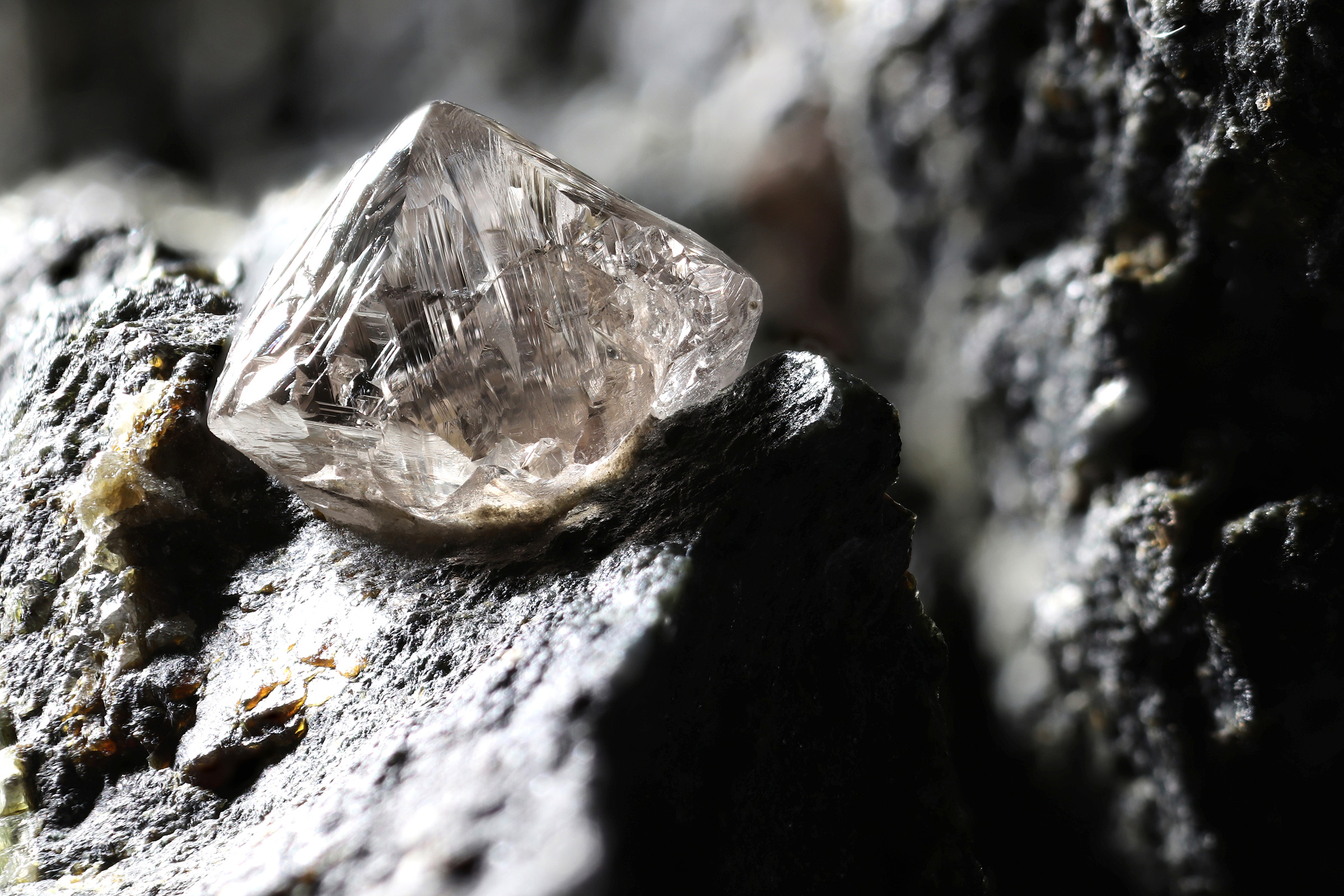Diamonds are one of the hardest naturally occurring substances on Earth, and while we’ve discovered minerals even stronger than diamonds, scientists may have just taken things a step further. According to a new paper, scientists have created an ultra-tough substance as strong as diamonds, and they say it could even be used to make spacecraft and cars stronger.
Their findings are published in the science journal Advanced Materials. The research team is made up of various members that hail from Europe, Russia, and North America, and they have synthesized an organic semiconductor carbon nitride that is harder than cubic boron nitride, a crystalline material second only to diamonds in terms of its hardness.
There are, obviously, several possible uses for an ultra-tough substance like this. Additionally, the possibility that a variety of carbon nitrides like this might even exist was first predicted in the 1980s. However, scientists have spent decades trying and failing to create the fabled substance. Now, though, it seems a massive breakthrough has finally taken place.
The researchers synthesized the carbon nitride in a similar way to how diamonds are formed naturally – by using intense pressure while simultaneously blasting it with high temperatures. The scientists say that the possibilities for this ultra-tough substance are almost endless, with painted-on protectant for spacecraft and even material used to manufacture cars being touted as two possibilities.
Diamonds are already used in a plethora of ways, from drill bits to decorative stones in rings and other jewelry. Obviously, it’s unlikely we’ll see this material appearing in jewelry, but it could help replace diamonds in other manufacturing, from drill bits used in mining to the material used to protect solar panels from stormy weather and other airborne particles.
It took over three decades, but scientists are confident this breakthrough could help pave the way for the creation of even more ultra-tough substances.

Dr. Sarah Adams is a scientist and science communicator who makes complex topics accessible to all. Her articles explore breakthroughs in various scientific disciplines, from space exploration to cutting-edge research.







